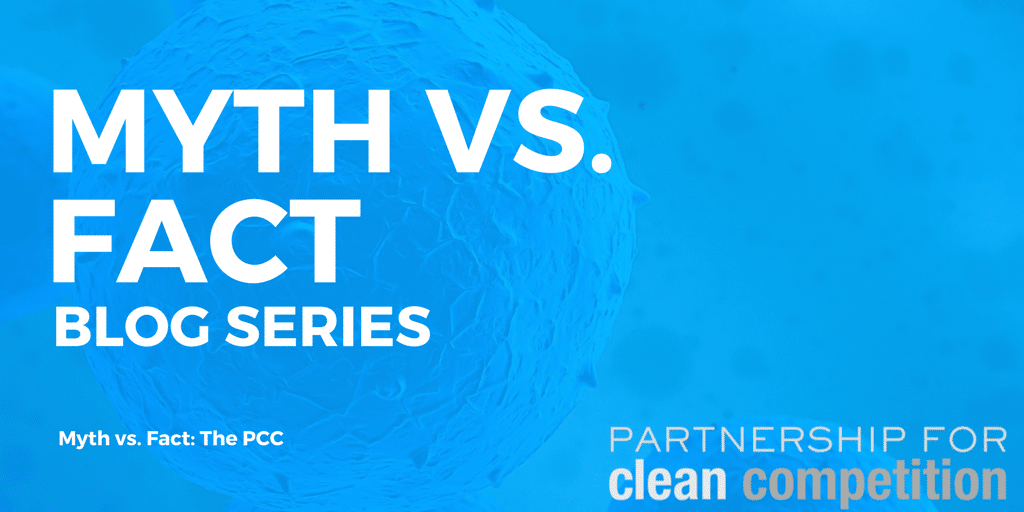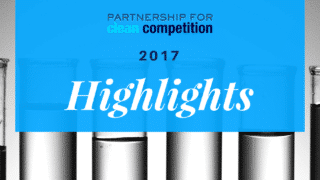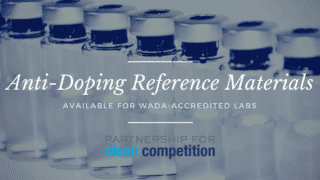For our first Myth Vs. Fact blog series installment, we’re tackling myths related to the PCC itself!
- We test athletes
Nope! We fund the science that creates and advances anti-doping technology. For instance, the techniques and devices used by sample collection agencies (like USADA or CDT), and the detection and analysis methods used in WADA labs to test those samples. We also support our researchers when it comes to tech transfer – taking their science from theory to a real-world setting. In other words, the PCC ONLY funds scientific anti-doping research, and relies on our partners in the anti-doping community to fulfill the other important needs of the movement.
- We only fund US investigators
To date we’ve funded investigators in 16 countries. We strongly believe research is global, and welcome the expertise and approaches from scientists all over the world. In fact, the PCC created Working Groups in 2012, which pairs scientists from different countries to collaboratively seek solutions to critical anti-doping challenges.
- You have to work in a WADA lab to apply for PCC funding
Only about 1/3 of the scientists we fund are affiliated with WADA-accredited labs. The remaining 2/3 perform their research in academic or industry settings at their host institution. As long as the research environment is sufficient to execute the methodology presented in the application (i.e. equipment, staff, expertise), we’re ok with it. (and hint…if you’re lacking a critical resource, you can request the funding to buy, rent, consult with, or access it as part of your application. Feel free to reach out to jcelmer@cleancompetition.org for more details about which resources we will fund).
- We tell you what to work on
The majority of PCC funded science is investigator-led – meaning investigators request funding for the project they’d like to work on (and believe will contribute to the sphere). We do publish research priorities to ensure projects relate meaningfully to overarching anti-doping challenges, and we drive discovery in priority areas through our aforementioned Working Groups. However, any scientist, from any field, can submit their project idea for funding – as long as it will advance anti-doping science in some way and falls into our priority areas.
- Our grants are difficult to get
Our funding percentage averages 30% – much higher than many popular scientific funding agencies. Our turnaround time is also much quicker than most, with decisions being provided within 12 weeks of applying. The largest barriers to funding success are: not providing enough experimental detail, not highlighting how your project will impact anti-doping (and be applied in a real-world setting), not soliciting anti-doping knowledge, or help from anti-doping experts or consultants if this is a new field for you, and not solving an actual problem in anti-doping with your proposed project.




